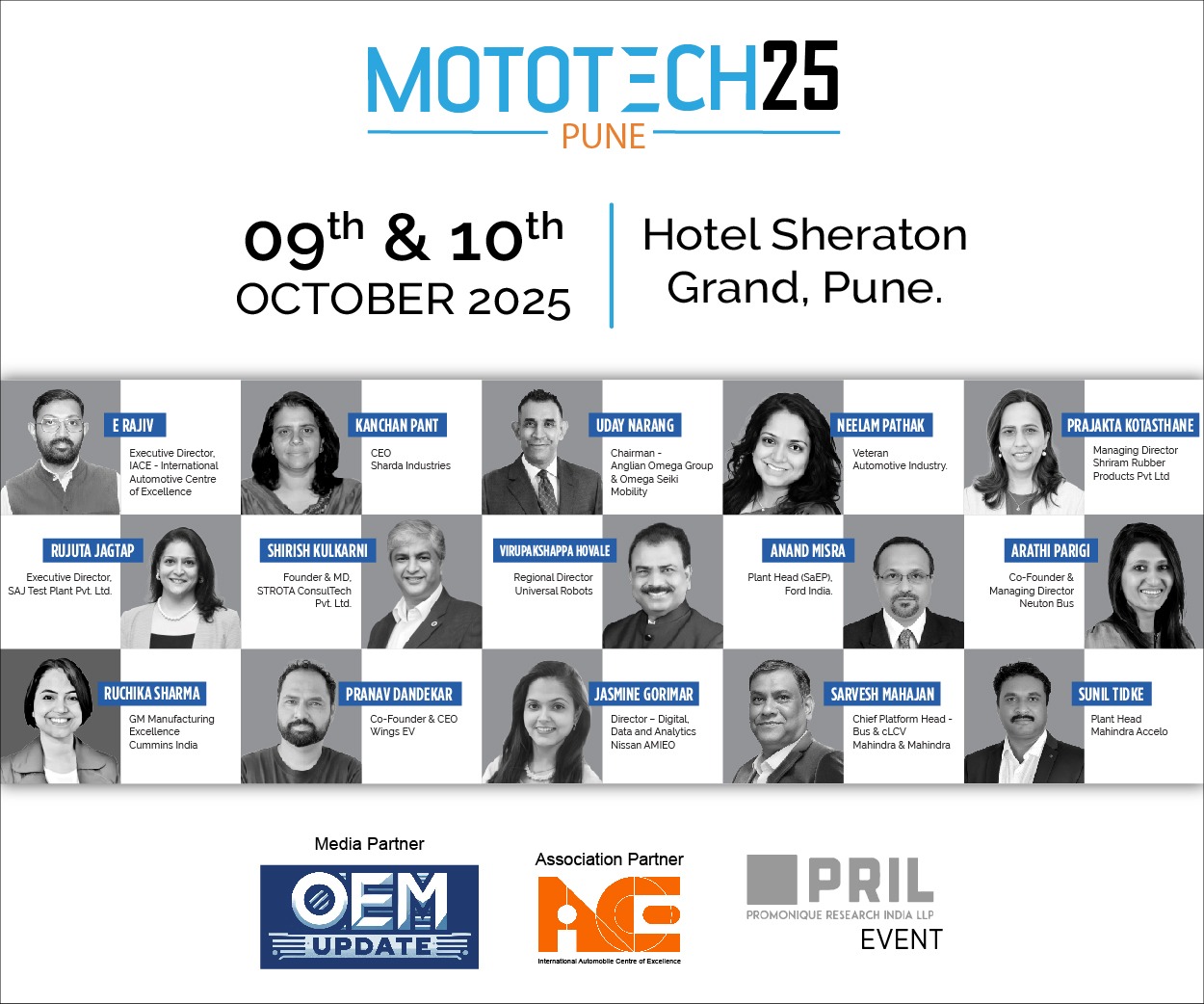TwinCAT supports critical IoT data exchange formats
By OEM Update Editorial June 11, 2018 3:59 pm IST
Standardised IoT communication simplifies implementation of Industry 4.0 concepts
As information technology and automation technology continue to converge, Cloud-based communication services are increasingly used in industrial control projects. As a result, PC-based control technology is gaining in importance as well. The TwinCAT automation software platform from Beckhoff supports relevant communication standards for this purpose, such as OPC UA, MQTT and AMQP, simplifying the implementation of Cloud-based manufacturing concepts.
Pioneering automation solutions can be created today that extend the scope of conventional control systems through the implementation of big data, data mining as well as condition and power monitoring. Industry 4.0 and Internet of Things (IoT) strategies, however, place new challenges on the communication among devices and services. In terms of the classic communication pyramid, a large-scale data exchange between sensors and higher-level layers is involved. Moreover, horizontal communication between devices continues to play an important role in all modern production facilities.
PC-based control integrates Cloud services and message brokers
PC-based control provides key technologies for advanced communication scenarios and has become an integral part of many present-day automation projects. The Cloud is increasingly assuming the role of an IoT project enabler. Cloud service providers deliver their infrastructures and services in an abstracted manner for customers globally and thus minimise the complexities of system configuration.
Such Cloud services can provide basic storage functions such as SQL or noSQL databases in addition to complex machine-learning algorithms that are hosted and executed on the Cloud provider’s infrastructure. When communicating with services in a public Cloud, a message broker is frequently used for data ingestion. From the perspective of the transport protocol, the message broker represents a secure and standardised end point for distributing messages to the Cloud, and serves as a means to access and use other Cloud services (Figure 1). Popular examples of such broker services in public Clouds include Microsoft Azure IoT Hub, Amazon Web Services IoT, IBM Watson IoT and Google IoT.
The IoT communication protocol: MQTT
The underlying transport protocol is the common denominator for all of these platforms. A protocol for data transport became established quite early on in the form of the Message Queuing Telemetry Transport (MQTT) protocol and was adopted by all major public Cloud systems. Simplicity and low overhead make this protocol attractive even for applications where small embedded systems have to exchange data over unstable communication lines – either with the Cloud or among each other.
Unlike conventional client/server applications, as familiar for many years in the area of automation, MQTT is based on the publisher/subscriber principle. As a result, integration in existing IT infrastructures is simplified because of the purely outbound data connections. In addition, established security mechanisms such as TLS can be used to secure the transport channel and implement device authentication mechanisms.
Yet even if the transport channel over MQTT has been standardised, MQTT still volunteers nothing about the content of a message. That’s because the message content is initially declared as “purely binary” according to the specification, which always makes serialisation and de-serialisation of messages application- or vendor-specific. The normal use of JavaScript Object Notation (JSON) for coding message contents has been common practice now for a number of years with Cloud systems, yet the contents of JSON messages can also be application-specific and differ from manufacturer-to-manufacturer and even from Cloud provider-to-Cloud provider.From an application perspective, this makes further processing of the data extremely difficult. Fortunately, the OPC Foundation has addressed the advantages of Cloud-based communication based on publisher/subscriber principles in its Unified Architecture (UA) communication protocol. A corresponding working group within the OPC Foundation is extending the OPC UA specification based on publisher/subscriber mechanisms. MQTT was chosen as a transport protocol since the transport channel in OPC UA is exchangeable and the need to develop a transport channel for publisher/subscriber mechanisms can be avoided as a result. In this way, a high level of compatibility is achieved with existing systems, which is further supported by the increasing adoption of MQTT within Cloud systems.
Seamless integration of standard IoT protocols in TwinCAT
With new IoT products and concepts, the TwinCAT 3 engineering and control software provides the ideal technological foundation for Industry 4.0 concepts and IoT communication. What’s more, new I/O components from Beckhoff, such as the EK9160 IoT Bus Coupler, enable seamless and easily configurable integration in public and private Cloud applications.
For these purposes, the TwinCAT automation platform is enriched with the TwinCAT OPC UA and TwinCAT IoT supplementary products through the inclusion of standardised and secure communication paths (not only) for the Cloud. The platform provides both MQTT publisher/subscriber and OPC UA functionalities such as classic client/server communication, historical access, alarms and conditions, as well as various mechanisms for communication with and access to the control logic contents. Communication can be carried out in this way using popular Cloud systems, such as Microsoft Azure, Amazon Web Services, IBM Watson, Google IoT, as well as private Cloud scenarios within the respective corporate or machine network. Beckhoff systems can be connected to the Cloud in this way using OPC UA and via third-party systems. Through the continual cooperation of Beckhoff in the corresponding working groups of the OPC Foundation, the first OPC UA publisher/subscriber prototypes have been successfully implemented even before the specification extensions were finalised.
For more details, Email: a.phatak@beckhoff.com or
visit www.beckhoff.co.in
Author:
Sven Goldstein
Product Manager TwinCAT, Connectivity & IoT,
Beckhoff Automation
Cookie Consent
We use cookies to personalize your experience. By continuing to visit this website you agree to our Terms & Conditions, Privacy Policy and Cookie Policy.
















